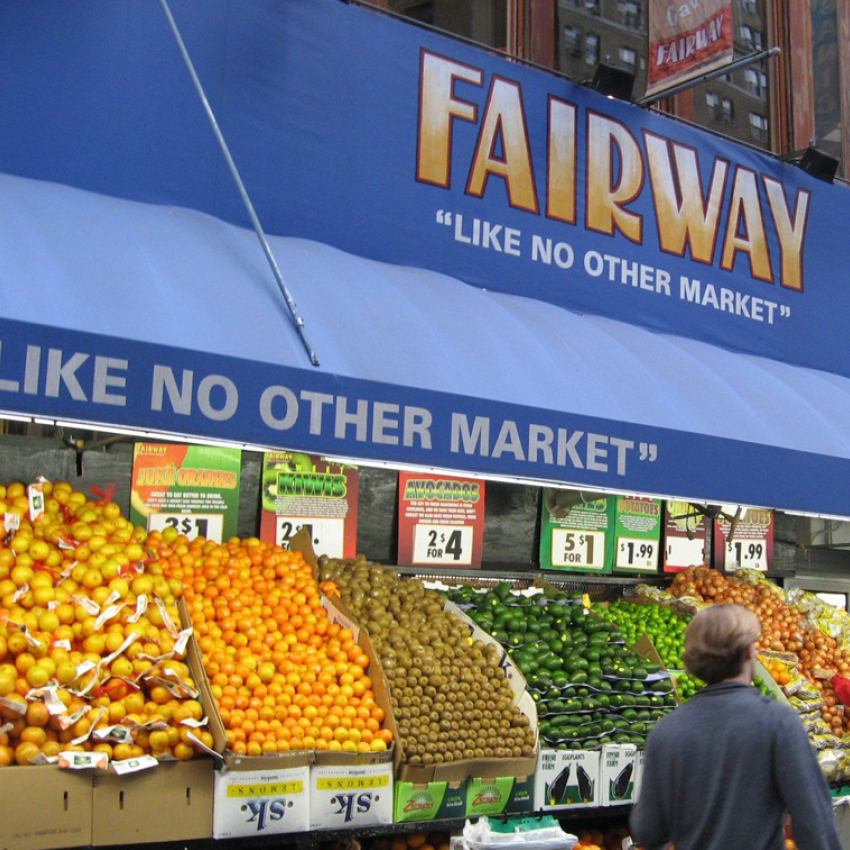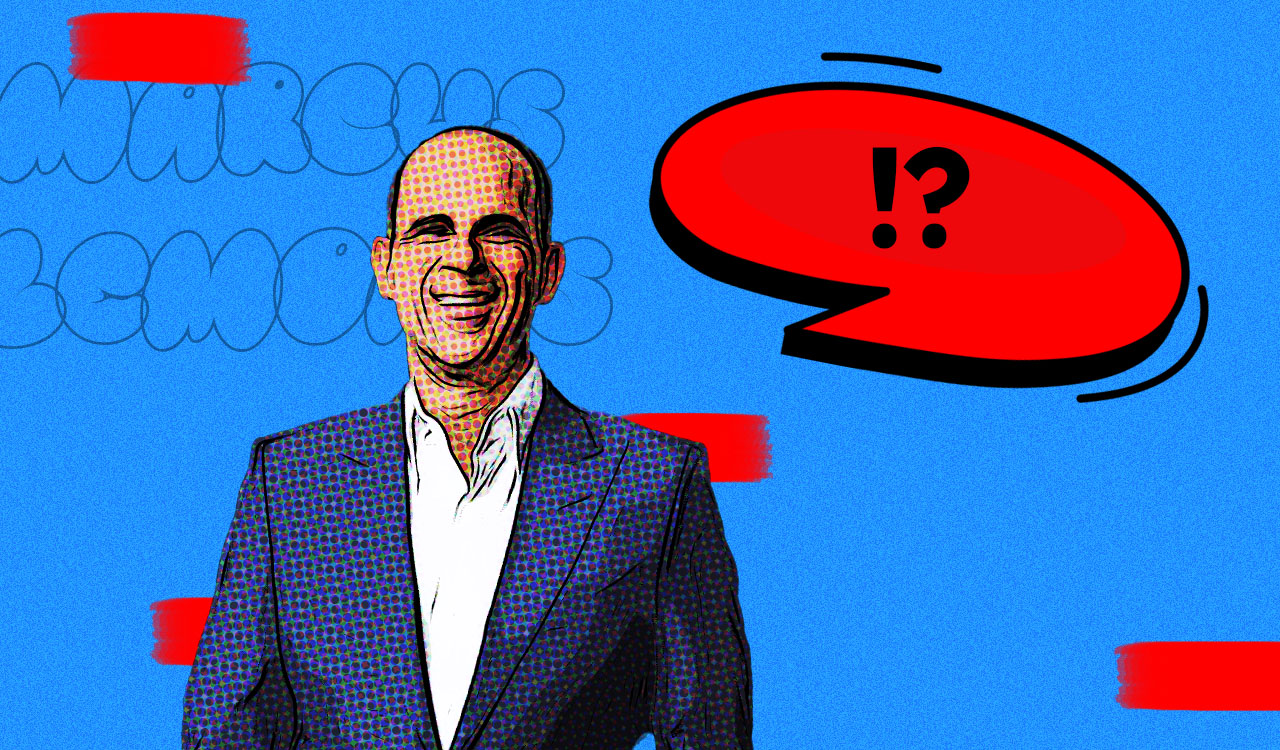Fairway soon files for bankruptcy for the second time in recent years. Could total liquidation be far behind as reported by the New York Post?
To generations of shoppers in New York City and its environs, Fairway has been a much-beloved food retailer that for many years managed to bring high-quality fresh product, especially produce, to consumers\’ tables at low cost. Beyond that, it offered a wide range of grocery and other perishable product making it an essential destination for discriminating foodies and a full shopping experience. In fact, in 2000, Fairway\’s cheese department was the site of a wedding between two passionate shoppers!
[callout]The core inspiration and drive to be “Like No Other Market,” as Fairway’s tagline asserts, couldn’t be duplicated by its new owners and much of Fairway’s distinctiveness faded.[/callout]
Fairway had a good back story too. It was founded by the Glickberg family in 1933 as a fruit stand and eventually grew into a small independent chain with several locations in Manhattan and Brooklyn. Best known is the big Manhattan store at Broadway and 74th Street that was Fairway\’s main economic engine for decades. All that changed a few years ago when Trader Joe\’s and Whole Foods moved into the Upper West Side neighborhood and started to siphon off Fairway\’s consumer base.
Founders Sell out
In 2007, the founding family sold an 80 percent interest in the company to Sterling Investment Partners for $150 million. About half that was applied as debt on Fairway itself, which is a lot of load to ask a small company to carry. More important, the inspiration and drive to be \”Like No Other Market,\” as Fairway\’s tagline asserts, couldn\’t be duplicated by the new owners. Much of Fairway\’s distinctiveness faded.
That was especially the case as the new owners started to buy up closed supermarket locations and transform them into Fairways in the suburbs and upstate New York, Long Island, New Jersey and Connecticut. At one time, they boasted that 300 Fairways would eventually serve local customers.
At the time, such an ambition would be about in line with what Whole Foods was doing as it spread stores across the land. The big difference is that Whole Foods was a high-price operator that at the time offered a unique selection of specialty product. Customers saw value for money at Whole Foods and spent there.
Conversely, Fairway had always positioned itself as a low-price operator with attractive perishables and otherwise conventional product. But, over time, it lost even low-price positioning as compared to new competitors such as Trader Joe\’s. Consumers were left with little incentive to spend their money at Fairway.
So, the big store rollout never happened, although about 15 materialized. And let\’s face it, none of them were \”Like No Other Market.\” Indeed, they lacked any real point of distinction.
Crushing Debt
Amidst expansion came another round of financial transactions: An IPO in 2013 was said to be to finance expansion, but mostly proceeds went to extinguishing earlier debt. More and new debt was larded onto Fairway.
The first bankruptcy filing came in 2016 to be followed by a new set of investors buying Fairway out of bankruptcy. Efforts to revive Fairway failed and closures of the suburban stores started, a process that continues to this day as Fairway shrinks its core market. About half of its peak store base is now shuttered.
It\’s probably too late to salvage much, if any, of Fairway, indicted by the fact that the new owners sought to sell Fairway late last year without success. The shrinking customer base and heavy debt apparently scared off potential buyers. Sometimes an independent food store will appeal to its wholesaler as a buyer of last resort. Wholesalers are known to buy failing independents they supply to protect their own sales volume, with an eye to reselling the stores later. But Fairway probably isn\’t big enough to warrant such a rescue.
Looking forward, the locations in Manhattan and Brooklyn could be sold for real estate. It\’s unlikely that Fairway will survive as an ongoing enterprise. This is a story for our times. If Fairway goes under, it will have been driven down by greed, hubris, lack of vision and not anticipating changing consumer preferences. Those circumstances are warning signals to all retailers. Over expansion aside, a strategic vision and market/customer expertise are essential tools to staying relevant in today\’s complex marketplace.




